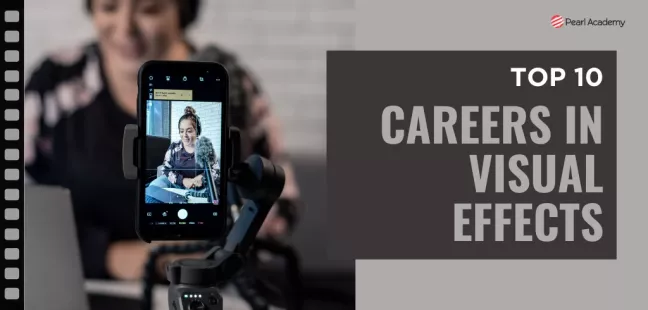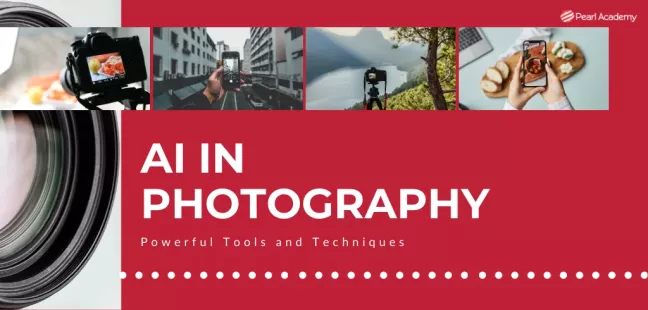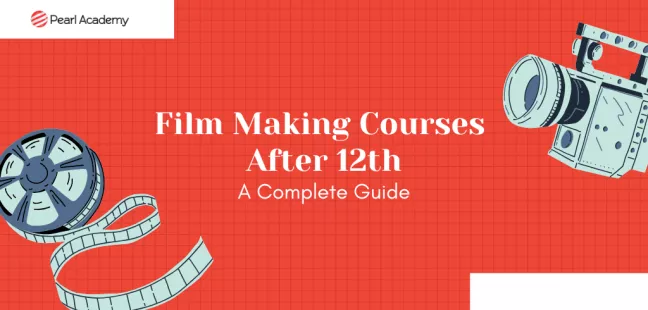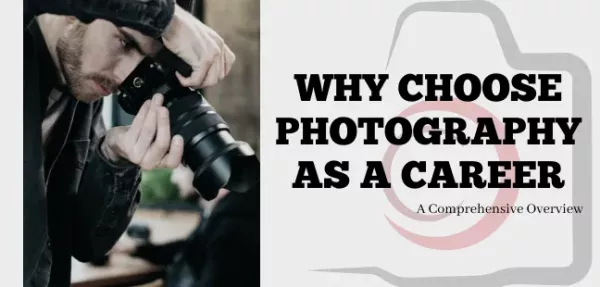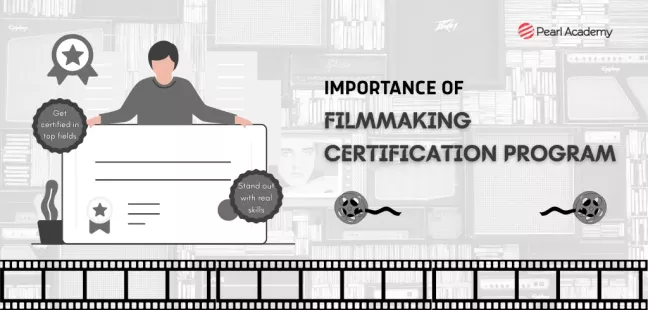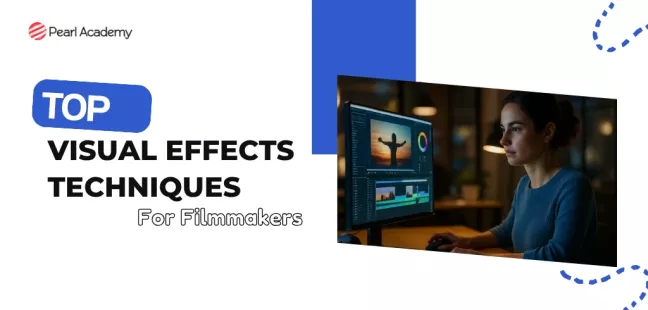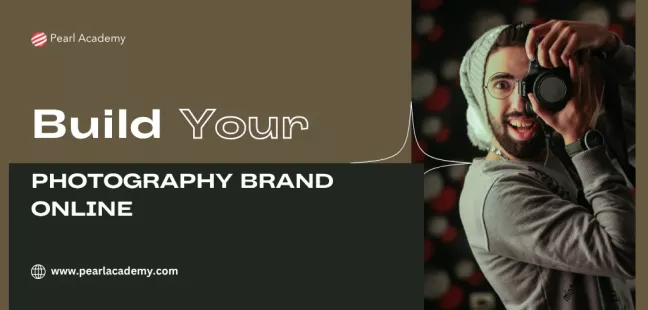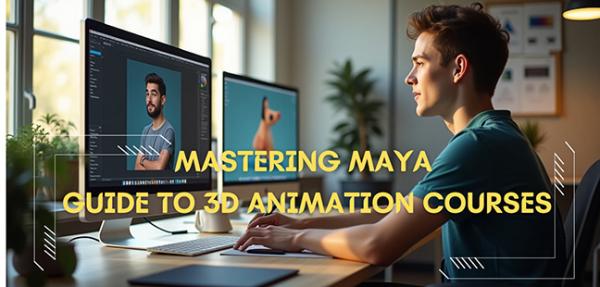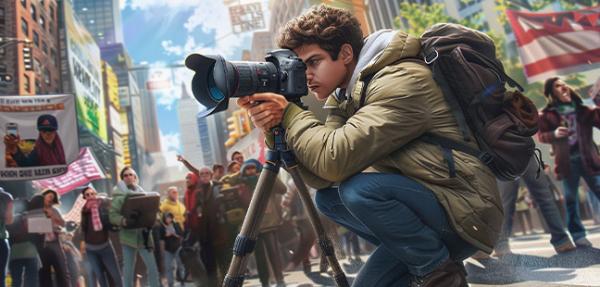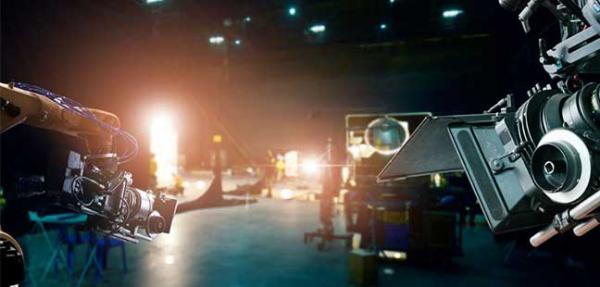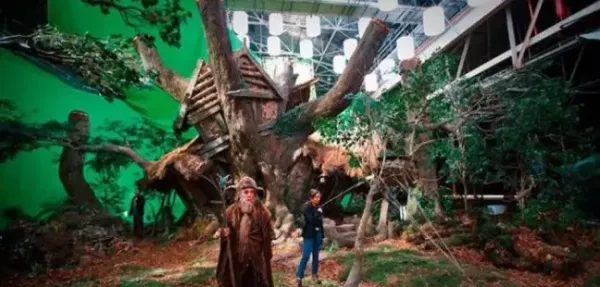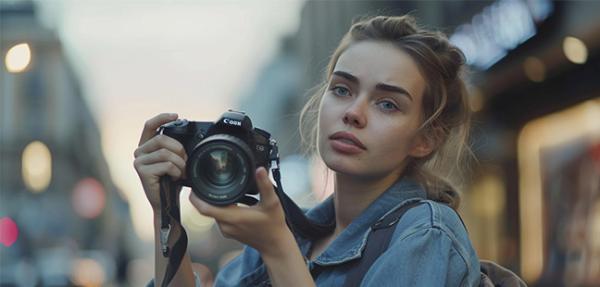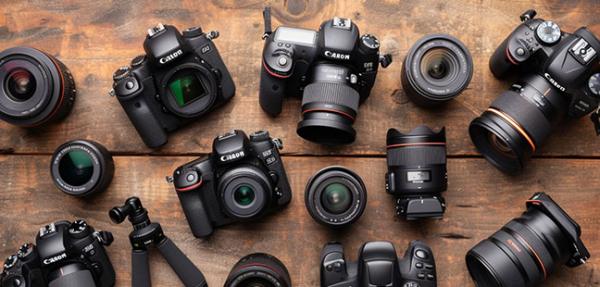10 Tips for Improving Your Digital Photography Skills
- Editorial Team
- Published 16-May-2024
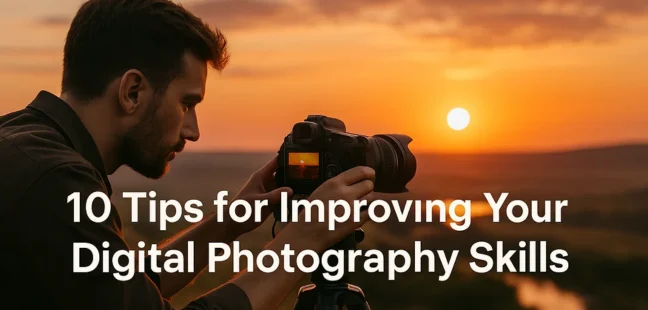
If you are an amateur clicking pics from your mobile phone or a newly impulsively bought DSRL, you’re in the right place. Also, if you’re a professional photographer still learning the tricks of the trade, this guide is for you, too.
This blog will unfurl for you the best digital photography tips to improve your digital photography skills. A picture is worth a thousand words and with the right angle, light, clicks, and timing, you can tell a story for the whole world to ‘view’ and remember. With these tricks, you’ll be able to do just that!
Become future-ready with our Film Programs
Know MoreUnderstand what Digital Photography
Remember the types of cameras your parents had? The famous Yashica, Kodak, and other cameras were kept safely in almirahs and were taken out for selective occasions with limited but thoughtful clicks. However, they now fall under the category of antics and are replaced by digital cameras and there now is the wave of digital photography! Unlike traditional film-based photography, digital photography captures images using electronic sensors, which convert them into digital images stored in memory cards. This process allows for easy editing, sharing, and printing.
10 Tips to Improve Digital Photography Skills
As the great Henri Cartier-Bresson observed “Your first 10,000 photographs are your worst.”
Every photographer’s journey starts with trial and error. This simply means embrace the learning curve. With each shot, you’ll refine your eye, your technique, and your creative vision. Now, let’s dive into the 10 practical tips that will accelerate your progress.
1. Learn the Basics of Your Digital Camera
Attempting to write without knowing about the pencil sounds stupid, right? Same logic goes before you wish to master digital photography skills. Delve deeper into the concept of a digital camera and its workings. The function of a digital camera includes capturing light through a lens, processing it via a sensor, and saving it as a digital photograph. Discover essential traits for success in our “What Are the Qualities of a Successful Photographer” post.
Key Camera Functions to Explore:
- ISO: Adjusts sensor sensitivity.
- Aperture (f-stop): Controls light entry.
- Shutter Speed: Determines exposure time.
- White Balance: Adjusts color tones.
Did you know the first digital camera was invented in 1975 by Kodak engineer Steven Sasson, marking the beginning of the digital photography era?
2. Practice the Rule of Thirds
Dividing your frame into nine equal sections and placing the subject along these lines for balanced composition is a great technique to capture the best shots. This technique is popularly known as the Rule of Thirds.
3. Master Lighting Techniques
We think all of us would agree the significant impact lighting has on our photographs. Natural light works best for soft tones, while digital photography tips for artificial lighting can be applied for creative effects.
Tips:
- Golden Hour (sunrise/sunset) for warm tones.
- Use a reflector for balanced exposure.
- Avoid direct flash for natural results.
To improve the lighting of your snaps, don’t forget to follow the tips.
4. Experiment with Different Angles and Perspectives
If we look at old photos, we’ll notice most of them have been shot at eye level. It’s time to level up the game! As a budding photographer, explore creative angles. Low angles create drama, while high angles give a broader perspective. This simple tweak can transform an ordinary digital photo into an artistic masterpiece.
5. Invest in Editing Software
Ansel Adams has rightly said, “You don’t take a photograph, you make it.” And that’s why investing in a proficient editing software for digital photos is imperative. Trust us, not all investments are a waste of money. Some help bring greater bucks back home! Software like Adobe Lightroom or Photoshop allows you to adjust exposure, contrast, and colour correction, making your digital images stand out.
6. Understand the Uses of a Digital Camera
You can use your digital camera for far more than memories—it serves diverse applications.
5 Uses of Digital Cameras:
- Professional Photography (portraits, weddings, events)
- Content Creation (social media, blogs, vlogs)
- Education & Research (microscopic photography, scientific analysis)
- Surveillance & Security (CCTV, wildlife monitoring)
- Healthcare & Medical Imaging (X-rays, diagnostic imaging)
Those exploring the realm of digital photography can always explore these diverse uses of digital photography and the camera.
7. Upgrade Your Gear When Necessary
You cannot create photography masterpieces with junk appliances! Bad lens, low low-quality cameras will impact your results more than you know. Consider upgrading if you find your current gear limiting. Go for cameras with higher megapixel counts for better resolution, improved low-light performance, and faster autofocus.
8. Use Manual Mode for Greater Control
Bank upon your fingers and creativity more than automatic features! After all, the picture is your blood and toil. Relying on auto mode limits your creative potential. Switch to manual mode to control shutter speed, ISO, and aperture, enabling you to capture shots exactly as envisioned.
9. Pay Attention to Backgrounds
A cluttered background can distract from the main subject, one of our top digital photography tips for how to improve photography composition.
Use a wide aperture (low f-stop) to create a blurred background effect (bokeh), making your subject stand out. Make sure to also use the right colours in the background to enhance the overall quality of the picture.
10. Invest in a Tripod
We can all use some support in our lives, and so can your camera! Using a tripod is a good strategy for long exposure shots, time-lapses, and night photography. It eliminates camera shake and ensures sharper images.
Photography is an evolving skill that requires continuous learning. You can enroll in professional courses, such as the Photography Certificate Course at Pearl Academy, to refine your skills and gain industry insights. Dive deeper with The Ultimate Guide to Photography Courses.

Student Guidance Center: Our Counselors are Just a Click Away.
Conclusion
With a little patience and improved photography techniques, understanding digital photo meaning, and practising composition and lighting techniques, you can create stunning visuals that leave a lasting impact. Those looking for an extra edge in their work can always opt for a professional course to expedite their learning and career.
With an investment of just 11 months, you can conquer amazing photography skills with Pearl Academy’s photography certificate course and become a pro! Embark on a journey of turning passion into a profession. Apply Now!
Explore More
Tags
- #Film
Pearl Admission Enquiry
Subscribe to Pearl Blogs
By clicking the "Subscribe" button, I agree and accept the privacy policy of Pearl Academy.











